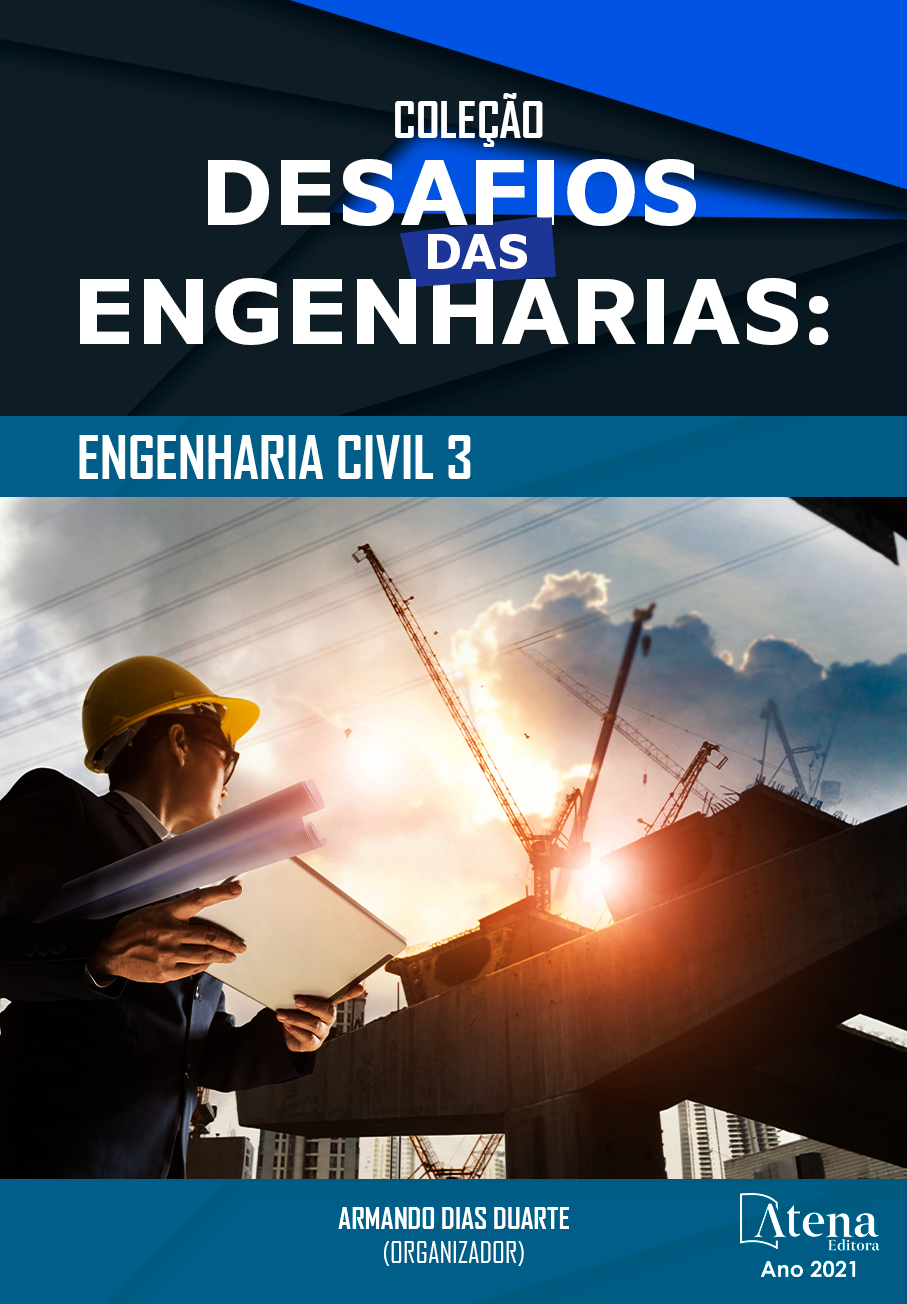
FIBER REINFORCED CONCRETE DEEP BEAMS. ASSESSMENT OF SHEAR STRENGTH.
Concrete is very strong in compression, but it has a very low tensile strength. To improve its tensile strength, reinforcing steel is often used in the concrete. However, the reinforcement of the cementitious matrix with discrete fibers has gained increasing recognition. The addition of fibers randomly distributed as reinforcement of cement-based matrices can produce a material with improved tensile strength and deformational characteristics. Different types of fibers can be employed to reinforce concrete. Nevertheless, the use of steel fibers is particularly attractive in concrete members with high reinforcement congestion, like deep beams, when conventional stirrups can be eliminated or reduced. So, the effects of steel fibers on the shear strength of reinforced concrete deep beams were evaluated by different ways: experimental, theoretical, and numerical. A total of six beams were subjected to a concentrated load P at their center and two steel fiber volume fractions were used. Two specimens were elaborated with plain concrete and longitudinal steel reinforcement. Web reinforcement was used in one of those beams and the other was made without stirrups. The others four specimens were built with steel fibers reinforced concrete (SFRC), longitudinal steel reinforcement and without stirrups. The test results indicated that the fibers influenced the shear strength of reinforced concrete deep beams. Shear strength increased with increasing fiber volume fraction, but steel fibers could not totally replace the conventional steel stirrups. Comparisons between experimental shear strength values and predictions, using empirical models developed by different authors, showed satisfactory results. In addition, the comparison between numerical and experimental values indicated that finite element analysis (FEA) was a reliable tool to simulate nonlinear behavior of SFRC deep beams.
FIBER REINFORCED CONCRETE DEEP BEAMS. ASSESSMENT OF SHEAR STRENGTH.
-
DOI: 10.22533/at.ed.39021261016
-
Palavras-chave: SFRC, deep beams, shear strength, FE analysis.
-
Keywords: SFRC, deep beams, shear strength, FE analysis.
-
Abstract:
Concrete is very strong in compression, but it has a very low tensile strength. To improve its tensile strength, reinforcing steel is often used in the concrete. However, the reinforcement of the cementitious matrix with discrete fibers has gained increasing recognition. The addition of fibers randomly distributed as reinforcement of cement-based matrices can produce a material with improved tensile strength and deformational characteristics. Different types of fibers can be employed to reinforce concrete. Nevertheless, the use of steel fibers is particularly attractive in concrete members with high reinforcement congestion, like deep beams, when conventional stirrups can be eliminated or reduced. So, the effects of steel fibers on the shear strength of reinforced concrete deep beams were evaluated by different ways: experimental, theoretical, and numerical. A total of six beams were subjected to a concentrated load P at their center and two steel fiber volume fractions were used. Two specimens were elaborated with plain concrete and longitudinal steel reinforcement. Web reinforcement was used in one of those beams and the other was made without stirrups. The others four specimens were built with steel fibers reinforced concrete (SFRC), longitudinal steel reinforcement and without stirrups. The test results indicated that the fibers influenced the shear strength of reinforced concrete deep beams. Shear strength increased with increasing fiber volume fraction, but steel fibers could not totally replace the conventional steel stirrups. Comparisons between experimental shear strength values and predictions, using empirical models developed by different authors, showed satisfactory results. In addition, the comparison between numerical and experimental values indicated that finite element analysis (FEA) was a reliable tool to simulate nonlinear behavior of SFRC deep beams.
-
Número de páginas: 10
- Miqueas Denardi
- Darío Vercesi
- Viviana Carolina Rougier


